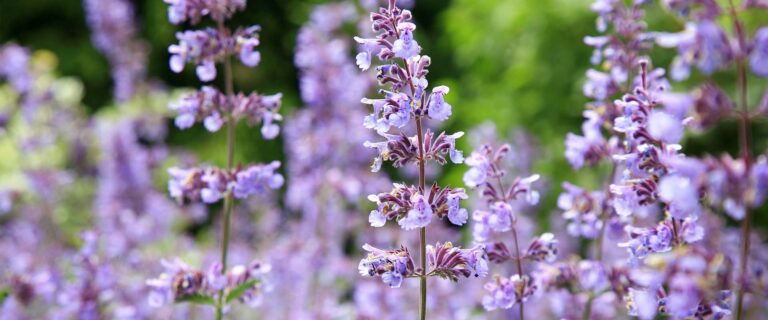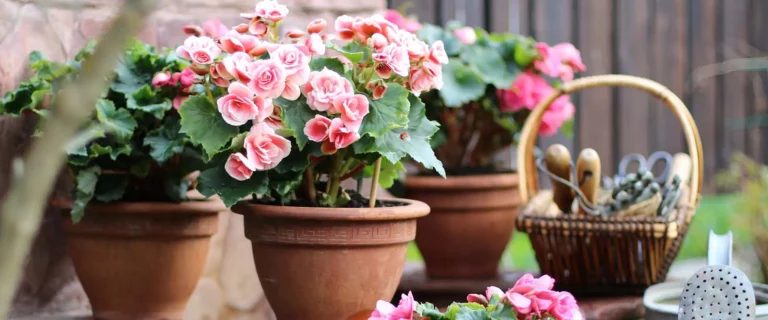Joy, our houseplant guru here at The Gardener’s Center, has seen her fair share of houseplant pests! She has all the deets on three common little buggers that will wreak havoc either on your plant or your sanity.
Read on to see how to identify them and how to treat them. We are talking brown soft scale, mealy bugs and fungus gnats.
Brown Soft Scale
As young nymphs, scale insects have piercing mouths that allow them to attach to the underside of a leaf or the leaf stem. They don’t move, and as they mature, they develop a hard armor. Joy says they look like little barnacles. They suck the sap from your plant and secrete a sugary, honeydew substance. Outside of seeing the little barnacles, you can see a sticky residue on the leaf underneath the leaf they’re attached to. If it’s a bad infestation, you can even see that residue on the table your plant is sitting on, the counter, or your hardwood floors. Yuck!
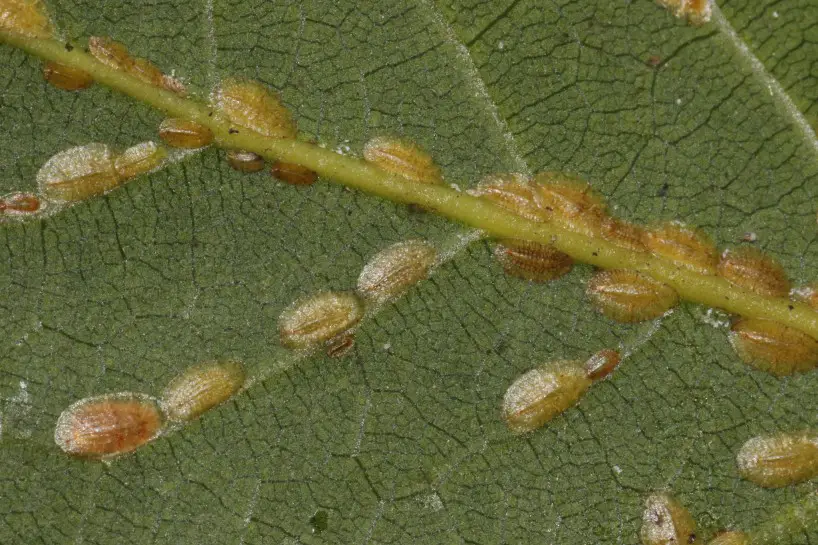
How Do You Treat Scale?
- Use horticultural oil. This can work its way through the scale armor and suffocate them. Because their life cycle is two months, you’ll have to do a six- to eight-week treatment with the oil.
- Once every week to ten days, you should thoroughly spray the infected plant (tops and underleaves); no need to worry about the soil.
- You may still see some of the exoskeletons on the leaves, and those can easily be wiped off with a moist paper towel.
Mealy Bugs
Joy actually has a love/hate relationship with mealy bugs. She thinks they’re cool looking, super prehistoric, but then they also try to suck the life out of plants and that’s no bueno. By the way, it’s only the female mealy that does the sap-sucking. As they do this, they secrete a waxy layer for protection and to lay their eggs. This stuff looks like a little tuft of cotton. If you see those tufts, tah-dah, you have mealy bugs.
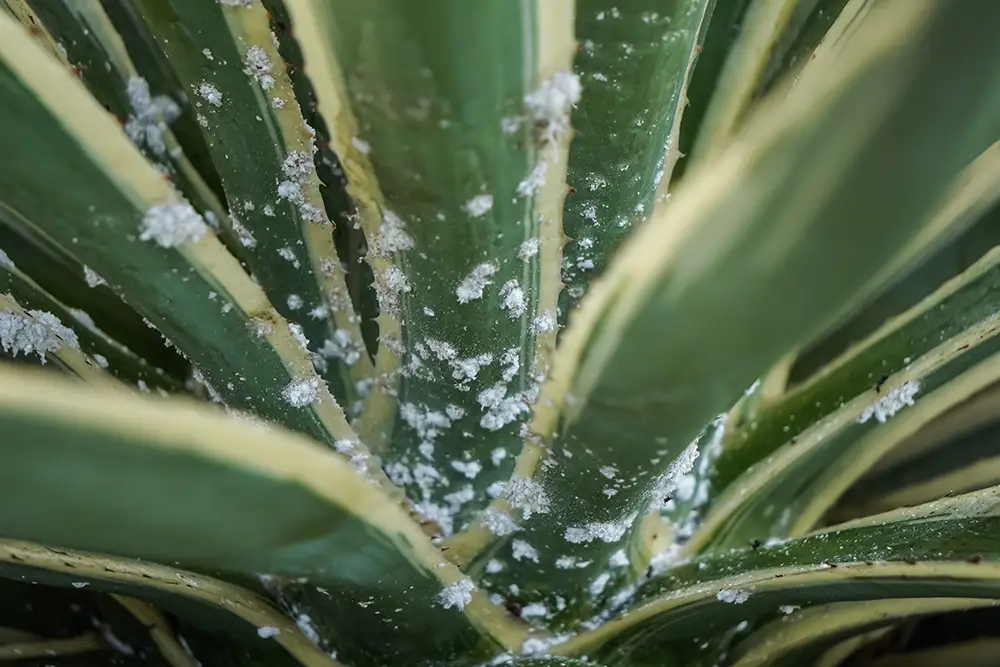
How Do You Treat Mealy Bugs?
- Before using an insecticide or neem oil, Joy suggests that you give your plant a good spray down. Whether it’s outside, in the bathtub, or in the kitchen sink, give them a good shower with some pressure to give you a good start at getting rid of some of those bugs. They do like to hide in little crevices, so watch for that.
- After your foliage is dry, you can use insecticidal soap (we like Safer’s EndALL) or horticultural oil (Bonide All Seasons is our choice).
- Good news is, mealy bugs have a short life span of two to three weeks, so three to four weekly treatments should probably take care of them.
Fungus Gnats
While fungus gnats are harmless to your plant, they are super annoying to us.
Not to be confused with fruit flies, fungus gnats are little black flying gnats while fruit flies are brownish/reddish. And the old school trick about catching flies with apple cider vinegar isn’t going to work on fungus gnats. Why? They like to feed on…wait for it…fungus.
They usually arrive when your houseplant soil is heavily and consistently saturated. The female gnat will lay her eggs in the top two inches of the soil, and the little white worm larvae are just “having a good time in there,” according to Joy. Every time you pour water on that plant, you’re giving them their life blood and it’s a party.
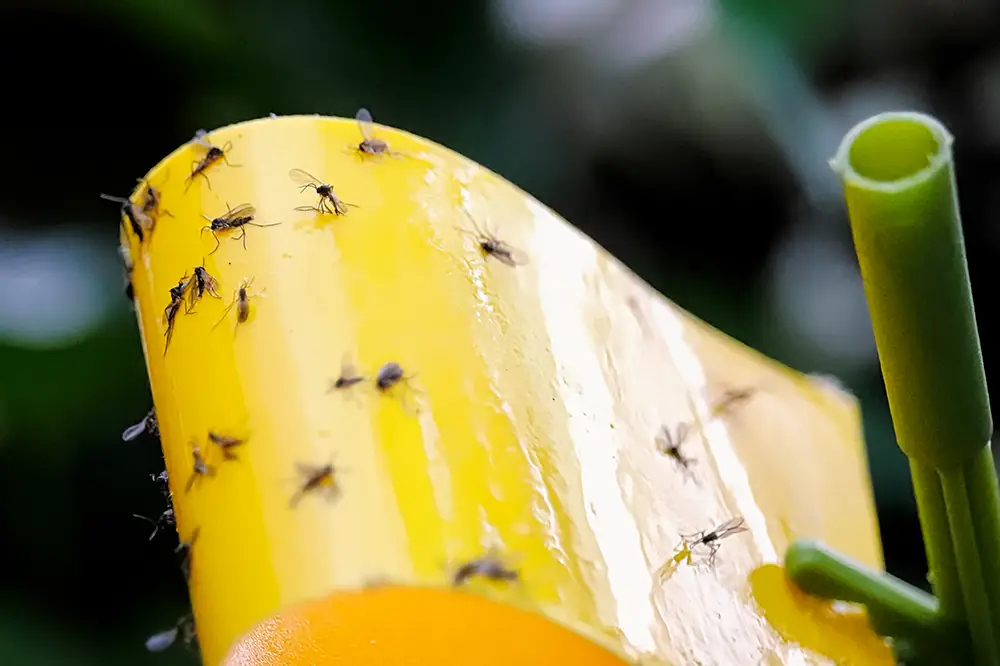
How Do You Treat Fungus Gnats?
- You’ll need to get some sticky traps. (We like Safer Houseplant Sticky Stakes.) This is to catch the adults so they stop laying their eggs. The sticky cards are on stakes which are stuck into the soil.
- For the larvae, we like to use Summit Mosquito Bits. Pour a layer of the mosquito bits onto the top of the soil and scratch that in. Next, pour water over the bits and that will activate them, ultimately dehydrating the larvae that have been living off that moist, fungusy soil. You could also mix the bits with water and then pour that over the soil; either way is effective.
- Joy also suggests that if you have an infestation, you can “bottom water” for a while, which will keep you from feeding the gnats every time you pour water on the top. If THAT doesn’t work, the last resort is to completely change out your soil.




